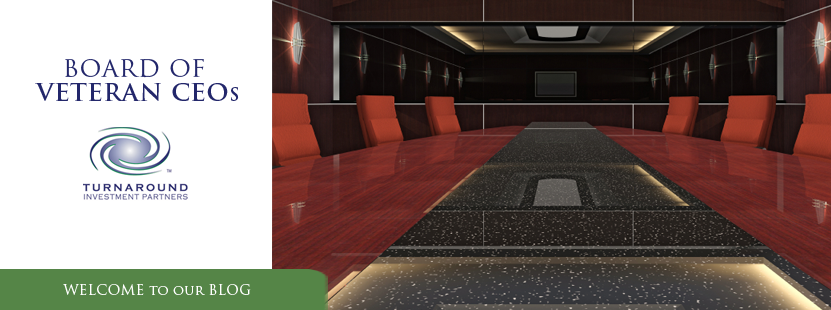The
complexity of the global marketplace and technology forces everyone to change
practices or behaviors every few months. At the same time, we are indirectly
trained to resist. Throughout our lives, we have been told how difficult it is
for people to change. If you tell someone something enough times, even if it is
a lie, they begin to believe it.
However,
if you look at our lives from another perspective, you will see that we are
designed to constantly change. Change is built into our lifestyles. In the
simplest form, we change our
clothes everyday. In fact, many people would frown
upon someone who wore the same clothes everyday. Furthermore, many people take
great pleasure picking out a new outfit to wear each day. If change were
difficult, we would resist the idea of finding something new to wear. In
addition, people change their hairstyles. Some even change hair color.
From a
biological perspective, our cells are changing everyday. Over a 7-year period,
every cell in our body has been replaced. Therefore, change has been built into
our DNA.
The
difference is new clothes serve as a tool to foster change. And we have a
social construct that has negative consequences for those who refuse to change
their clothes frequently. When it comes to our bodies, change is built into our
biological structure. Our bodies have a continuous process for disposing of the
old and renewing us. Except, when it comes to changing our behaviors and
thought processes, we suffer the flat world syndrome. If we go back 600 years,
the experts said the world was flat. No one questioned it and the belief became
common sense. In the 21st Century, someone said it is difficult for people to
change and no one questioned it. Resistance to change is now considered
reality.
With
that said, if you would like to build change and transformation into your
company’s culture, you have to think like Christopher Columbus. To create this
new possibility, you have to acknowledge where every one is in their view of
themselves and the world. If you tell people to transform, they will prove how
difficult or impossible it is to do so. On the other hand, if you provide
people with a new perspective and tools to bridge the gap between where they are
and where you would like them to go, it becomes possible.
While
this article serves as an alternative perspective, many people will say ‘so
what. My survival depends on what I can do today.’ This may be true. And this
may be the same conversation people had in 1800 when the US was transforming
from an agricultural society to an industrial society. Those who resisted
became less relevant in the job market and may have found it difficult to find
employment.
Therefore,
it is important for one to understand why they would use resistance as a means
of survival. Resistance can derail progress. In some cases, resistance is a
sign of fear. Most would say the fear of the unknown. I say that is a myth.
People know what they fear. They simply refuse to deal with it. For example,
when a specific task is outsourced overseas, the person with the expertise will
have to develop new skills to remain relevant. However, the person may be
afraid they will not be as good in the new skill. In the beginning, they may
look bad as they develop the new skill. As a result, in their mind, it is
better to make outsourcing the wrong thing to do. If they can be right about
their position and outsourcing is avoided, they get to be right and do not have
to go through the potential embarrassment of looking bad as they develop new
skills. They will have survived in their existing job.
When a
person can confront that fear in an honest and direct fashion, they will have a
chance to let go of it. As long as they avoid confronting the fear, it will own
them. With that in mind, organizations need to have positive dialogue
internally. The dialogue should not only be about change initiatives, it should
be about possible changes on the horizon. That way people are prepared and can
constantly develop themselves well in advance.
Confronting
fear is a tool that makes change more manageable. While there are many other
effective tools, orchestrating change without tools, can appear to be a mandate
and people will go into resist mode. As you can see, the more things change the
more things stay the same. If you want to transform people’s experience of
change, provide them with tools that are built into the enterprise’s
culture.
What do you think? I’m open to ideas. Or if you want to
write me about a specific topic, let me know.


No comments:
Post a Comment